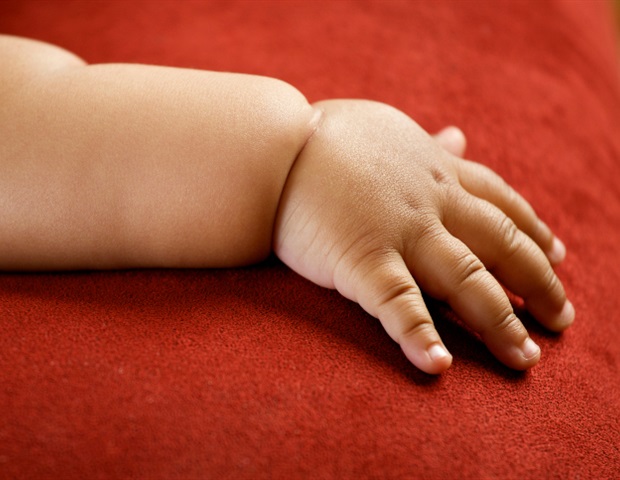“Mommy, that girl called me a mean name!” Name-calling and teasing are an unfortunate part of childhood. Usually, teasing will happen between friends and siblings, but it’s not typically harmful, although it can be hurtful. Such behavior can be playful, friendly, or even mutual, and both kids are usually in on the act. However, when teasing changes and becomes more consistent, targeted, and unkind, it can cross over into bullying.
There are many types of bullying:
- Verbal — name-calling, shouting, swearing, etc.
- Physical — pushing, shoving, hitting, etc.
- Psychological — taking money, making threats, exclusion, etc.
Bullying is repeated, aggressive, and intentional with actions that target an individual or even a group of people who cannot easily defend themselves. It is often associated with a power imbalance (real or perceived) between the bully and the victim.1 Typically, we think of bullying as happening from person to person or in “real life.” And while we know that bullying occurs in schools, playgrounds, and other settings where children interact, we are also seeing a rise in cyberbullying.2
We have seen “traditional” bullying shift into the online world, and the concept of bullying has extended to the use of the internet and mobile phones.3 All the same bullying behaviors (except physical) can be replicated online (verbal and psychological); however, cyberbullying behavior might look a little different.
Harassment could be sending large numbers of threatening texts or emails, or a person could have their identity cloned and used for false social media accounts aimed at embarrassing or belittling them. Or it could be spreading photos of footage of someone online without their permission. Cyberbullies often use anonymity online to threaten their victims and can “hide” behind their screen names.
It can be heartbreaking for those being targeted by bullies. There can be many effects of bullying, including social, emotional, physical, and psychological effects. It’s essential to be on the lookout for bullying so you can support your child. Some signs that bullying could be happening include the following:4,5
- Physical signs — These could include cuts, bruises, etc., that your child cannot (or won’t) explain. Their belongings could be damaged in some way or could have gone missing. They might also report symptoms like having a headache or sore tummy (or nausea).
- Emotional signs — These could include fear of going to school or specific settings (childcare, after-school care, the playground, etc). They might return from such places sad, moody, or angry. Or their mood, in general, might appear more stressed or anxious than is typical.
- Social signs — You might see things like school avoidance or sudden avoidance of places they previously enjoyed attending. Their friendship group might have suddenly changed, or they don’t seem to be hanging out with the same kids anymore. Or they could report being isolated or lonely at lunch and recess.
- Psychological signs — These might include nightmares, sleep issues (insomnia, trouble falling or staying asleep), depression, anxiety, and loss of appetite (or, in the extreme, eating disorders). They may even start to do poorly in their education.
There are various reasons that kids choose to bully. Some might replicate things they see or experience at home, like aggressive behavior. It can also be common for a child to start bullying others if they have experienced bullying themselves at home (from siblings or parents) or in their community (from teachers, other adults, or peers).6
They might also be lashing out because they aren’t getting the attention or connection they seek. Or it could stem from their insecurity or poor self-esteem, and picking on someone or making a victim of someone else makes them feel more important or in control.7 And there is also a social element; some children become bullies to elevate their social standing or could even join in bullying behavior as a way of avoiding being bullied themselves.8
If your child tells you they are being bullied, it’s important to believe them and give them the space to share what is happening. They will need some nurturing, love, and guidance both at home and school to help prevent further instances of bullying happening. Here’s how you can deal with this issue:
Listening and talking are key. It would be best if you listened without judgment (or your own big emotions) to find out what’s happening. It’s critical to remain calm so your child has the space to share everything. Consider going somewhere quiet where you can give them your full attention and ask them prompting or simple questions so they know you are listening but don’t interrupt too much of the “sharing” or “telling.” Summarize what you understand from the situation (this validates them, but also ensures you have got it correct) and then validate their feelings. For example, “I can understand why you feel so sad about this.” Also, remind them it is not their fault and you are there to support them.
Praise and appreciate your child for telling you. Let them know you will work together to find strategies to help out. Avoid putting any responsibility on your child, like not telling them they should “Just stand up for themselves.” You might even consider talking to them about why bullying might be happening (you can share some of the reasons mentioned above) — but let them know regardless of the reason, it still doesn’t make it okay that someone is bullying them.
Next, it’s time to put a plan and some strategies in place. Some things for your child to consider might be:9,10
- Walk away — Let them know that it’s okay to walk away and not engage with bullies.
- Ignore it or try not to respond — Sometimes bullies are looking for a reaction, so it’s best to ignore them or not give them the big response they want.
- Avoid — Are there places your child can avoid going, or times they should avoid those places?
- Safety in numbers — Can they stay around certain people or in certain places to help them feel more secure?
- Name what they don’t like — Bullies don’t like being called out. Depending on how far the bullying has escalated, it might be helpful to calmly tell the bully that what they are doing isn’t working.
- Seek support — Loop in educators or support staff. It is much more effective and safer than directly contacting the other child’s parent. That way, they can help monitor the situation and provide consequences and an escalation point if things worsen. Ensure your child knows who a safe or appropriate person to approach for help could be in the particular setting where they are being bullied.
It can be hard for your child (and you!) when they are being bullied. Bullying can have a lasting impact on well-being and mental health. So, it’s essential to seek support as soon as possible or help your child develop strategies to protect themselves. Children should not be made to feel responsible if bullying occurs; instead, give them strategies to reduce the risk. If your child struggles with their well-being because of bullying, consider seeking help or guidance from their school or a trusted health professional.

 PARENTING TIPS
PARENTING TIPS







 PREGNANCY
PREGNANCY








 BABY CARE
BABY CARE








 TODDLERS
TODDLERS








 TEENS
TEENS








 HEALTH CARE
HEALTH CARE







 ACTIVITIES & CRAFTS
ACTIVITIES & CRAFTS








 CONTACT
CONTACT ABOUT
ABOUT













